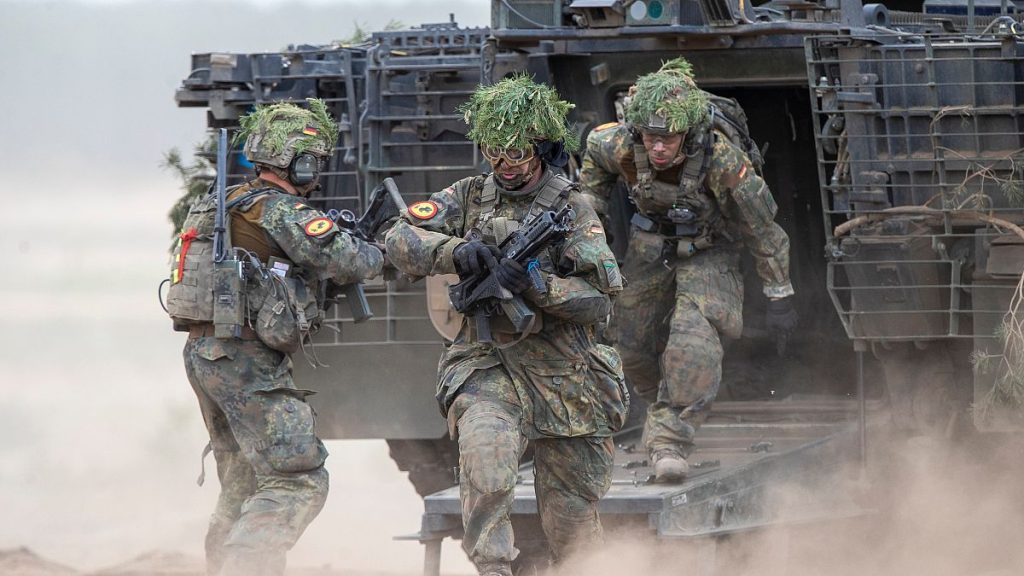Approximately 9,000 troops from 20 NATO countries participated in military exercises in the Baltic Sea region in June, with Sweden joining as a full NATO member for the first time. The Baltops exercises focus on enhancing the interoperability of NATO forces and demonstrating the alliance’s commitment to joint security. The drills involve a variety of training operations, including sea mine sweeps, submarine detection, landings, and medical response to mass casualty scenarios. NATO’s Naval Striking and Support Forces, along with the US Navy’s 6th Fleet, are organising the exercises, which feature around 50 navy ships and 45 aircraft and helicopters.
The Baltic Sea region has gained increased strategic significance due to major gas pipelines running through its seabed from Russia and Norway to countries like Germany and Poland. The area has become more sensitive following Russia’s aggressive actions, particularly after the invasion of Ukraine in 2022. US Marine Corps Andrew T. Priddy highlighted the importance of NATO’s presence on Gotland Island, stating that it is vital for protecting the security and stability of the Baltic Sea. The exercises in Sweden, as well as in Lithuania, Poland, and Germany, demonstrate NATO’s strategic priorities and readiness in a critical geopolitical region.
The joint military exercises in the Baltic Sea region aim to showcase NATO’s capabilities and readiness in the face of evolving security challenges. The drills provide an opportunity for troops from different member countries to train together and improve their ability to work seamlessly in complex scenarios. With a focus on enhancing interoperability and joint security operations, the exercises also serve as a demonstration of NATO’s commitment to maintaining peace and stability in the region.
NATO’s presence in the Baltic Sea region underscores the alliance’s strategic focus on maintaining security in areas of critical importance. The Baltops exercises serve as a platform for NATO forces to demonstrate their readiness and ability to respond effectively to various security threats. By participating in joint military operations, member countries can enhance their coordination and improve their collective defense capabilities, ensuring a strong and unified response to potential challenges in the region.
The inclusion of Sweden as a full NATO member in the Baltops exercises highlights the alliance’s commitment to expanding its cooperation with non-member countries. Sweden’s participation in the drills signifies a closer alignment with NATO’s security priorities and a shared commitment to enhancing regional security. The exercises also serve as an opportunity for Sweden to strengthen its defense capabilities and deepen its partnership with NATO, contributing to a more unified and effective response to security challenges in the Baltic Sea region.
Overall, the military exercises in the Baltic Sea region demonstrate NATO’s dedication to maintaining peace and security in an increasingly complex geopolitical environment. The drills, involving troops from various member countries and focusing on interoperability and joint security operations, showcase the alliance’s readiness to address diverse security threats. By conducting exercises in strategic locations like Gotland Island and across the Baltic Sea, NATO reaffirms its commitment to collective defense and cooperation in safeguarding the stability of the region.


